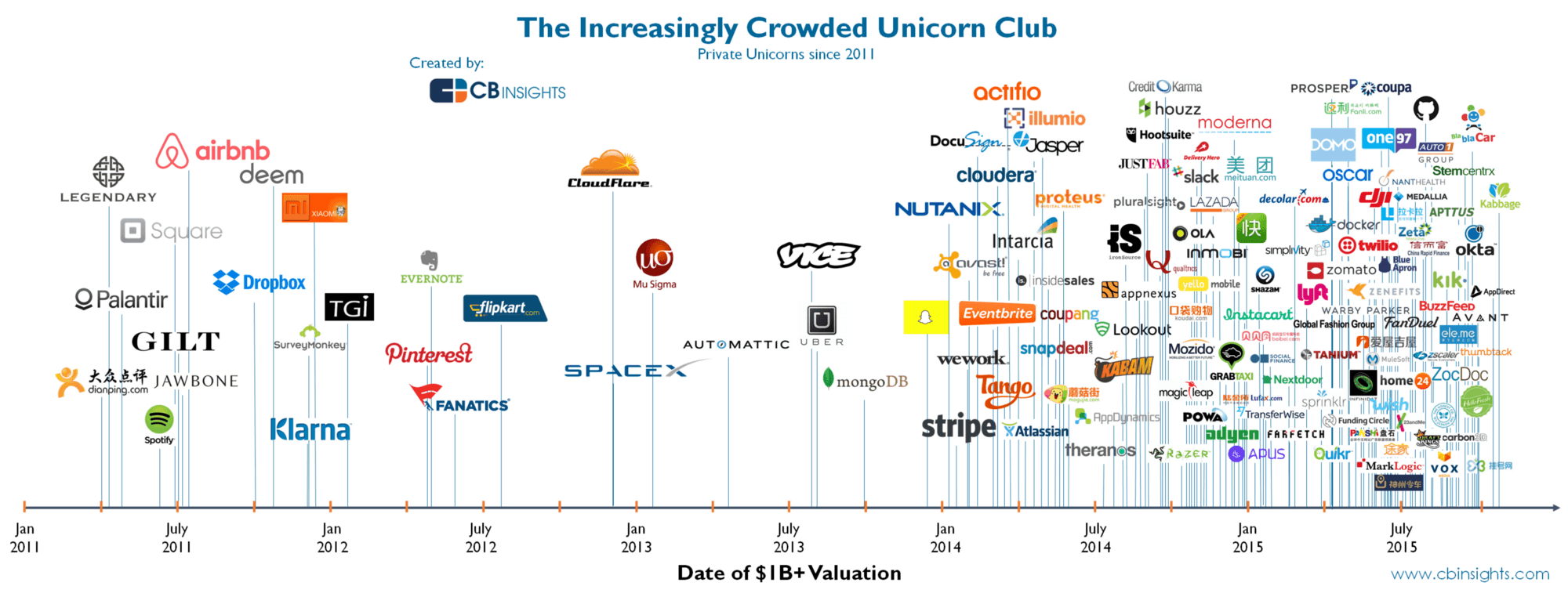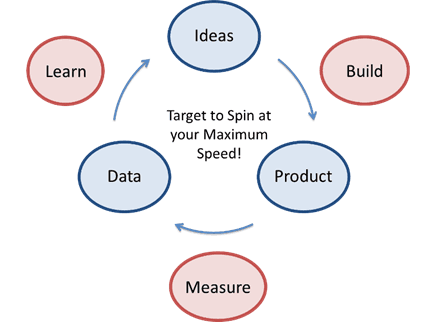Yes we play ping pong at work! Yes we are playing PokemonGO! Yes we go to work by bike! So what ? We proudly assume that we fall for certain clichés about startups!
We are proud to claim ourselves as a startup, quite simply because the latest great innovations have been introduced by them, thus giving pride of place to large groups, unable to provide the innovations that will shape our future.
We see this development as the consequence of a profound change in the innovation process and the inability of historical players to put in place adequate governance.
Change in the innovation process and lean startup philosophy
Yesterday, our grandfather felt on the cutting edge of technology when he brought home the first black and white television, weighing five kilograms and taking up half the space of the living room. Today, the "few" lines of code from Facebook and Twitter have revolutionized the way we live.
We have moved from technical and capital intensive innovations to usable innovations requiring little capital to launch: innovation has become democratized and it has become much faster to innovate and grow.

The evolution of the number of unicorns created since 2011
How is that possible to have so many successful startups?
In our opinion, the lean method is responsible for this rapid growth in the number of unicorns.
Concretely, after having had an idea, the entrepreneur will develop as quickly as possible a prototype with minimal functionalities: the Minimum Viable Product (MVP). This prototype is then tested with customers to obtain their feedback. Subsequently, the entrepreneur will take into account the relevant feedback to improve his product and test it again. This is in contrast to the more rigid and traditional methods which mostly consist of making very detailed specifications and then implementing them for two years.
Thanks to this method, the startup puts the user of its product at the heart of its strategy and can, at the end of each cycle, pivot if necessary, i.e. redesign its product or choose another target if these don't seem to be the right ones.

Lean startup schema
What about CapSens in all of this?
For our part, we have also evolved through these create-test-learn cycles on different subjects. We created the CapSens crowdfunding service because we felt that this market was going to grow very strongly and that platform creators were going to need support on technical subjects. In addition to a technical solution, we also thought that the platforms would need advice (strategy, legal ...).
By testing the market and listening to customer feedback, we quickly realized that the technical solution was much more valuable to them than advice. We focused on this value and sought to build a robust and scalable product.
In this construction phase, we hesitated between several languages (scala, ruby,…) and several architectures (micro services, web services…). It was only by testing that we were able to form a firm opinion on the matter. By making an MVP, we were able to quickly realize that a particular language or architecture was not suited to the needs of our customers.
We could have thought for a long time and theoretically compared the advantages of one language over another, but it was only by making a prototype that we were able to make our choice. A startup must as quickly as possible confront a principle of reality (customer, technique, etc.) in order to evolve.
Today, our offer is not limited to crowdfunding, and we are expanding our activity in the fintech universe with our specificity to work on the Ruby on Rails framework. Maintaining this flexibility is essential to capture other markets or pivot if necessary.
What are the obstacles to the innovation process in large groups and how can they overcome them?
What are the obstacles to the innovation process in large companies and how can they overcome them?
The example not to follow: Kodak
In contrast to this methodology, we find large structures, incapable of innovating. The best-known example is that of Kodak, which in 1978 filed the first patent on a digital camera. However, Kodak has voluntarily chosen to abandon this technology, without even testing the product, in order to avoid breaking the goose that lays the golden eggs of film.
Obstacles to innovation
This example is revealing of the obstacles that large groups often face in order to innovate:
A phenomenon of inertia: the large group is a structure involving too many people and its decision-making circuits are disproportionately complex,
Lack of knowledge of customer needs: the large group does not manufacture its new products according to the needs that it can identify with its customers,
A compartmentalization of knowledge: the structure of the majority of companies compartmentalizes the functions of the company, limiting the exchange,
Indifference in the face of failure: while the life of a startup depends on the success of its innovation, the large group will survive even if one of its innovations fails,
An inability to pivot: when the first customer feedback on a new product is negative, it is difficult for a large group to recognize their mistake. He seeks more to adapt his customer to the product rather than to adapt his product to the customer.
The example to follow: Nespresso
However, the story of Nespresso at Nestlé (an entity created in 1982) shows that large companies are still capable of generating great innovations.
In 1988, after failing to launch its B2B capsules, the Nespresso subsidiary was on the verge of collapse and its activity was deemed inconsistent with the rest of the group's strategy by the majority of Nestlé executives. The CEO of the company then goes all out by appointing at the head of the subsidiary a person outside the group, Jean Paul Gaillard, who is responsible for relaunching the subsidiary with a marketing budget of barely 1.6M € and a team of 8 people.
Nespresso then made a strategic shift, a perfect example of a pivot, by reorienting itself in B2C and targeting wealthy customers. The sauce takes: in 1995, Nespresso reached its neutral point and experienced, in the 2000s, a growth of 35% per year. Today, Nespresso is Nestlé's most profitable business unit and continues to grow by leveraging digital technology and claiming the status of a sustainable company.
Overcome the barriers to innovation
How did Nestlé manage to overcome the innovation brakes suffered by large groups? Above all, they isolated the development of coffee capsule innovation outside of the Nestlé structure by creating a team around it dedicated to its deployment.
Then, they simplified the decision-making process by giving this team complete autonomy. Thanks to this independent and autonomous governance, the coffee capsule has become a great success. Without it, Nespresso would have been unable to pivot at the right time from B2B to B2C to ensure that innovation finds its right customer base.
How to innovate well
To innovate effectively, you must:
Enter into create-test-learn cycles,
Talk about your idea around you to get user feedback,
Don't wait until you have a perfect product to get started,
Accept having made mistakes to pivot.

